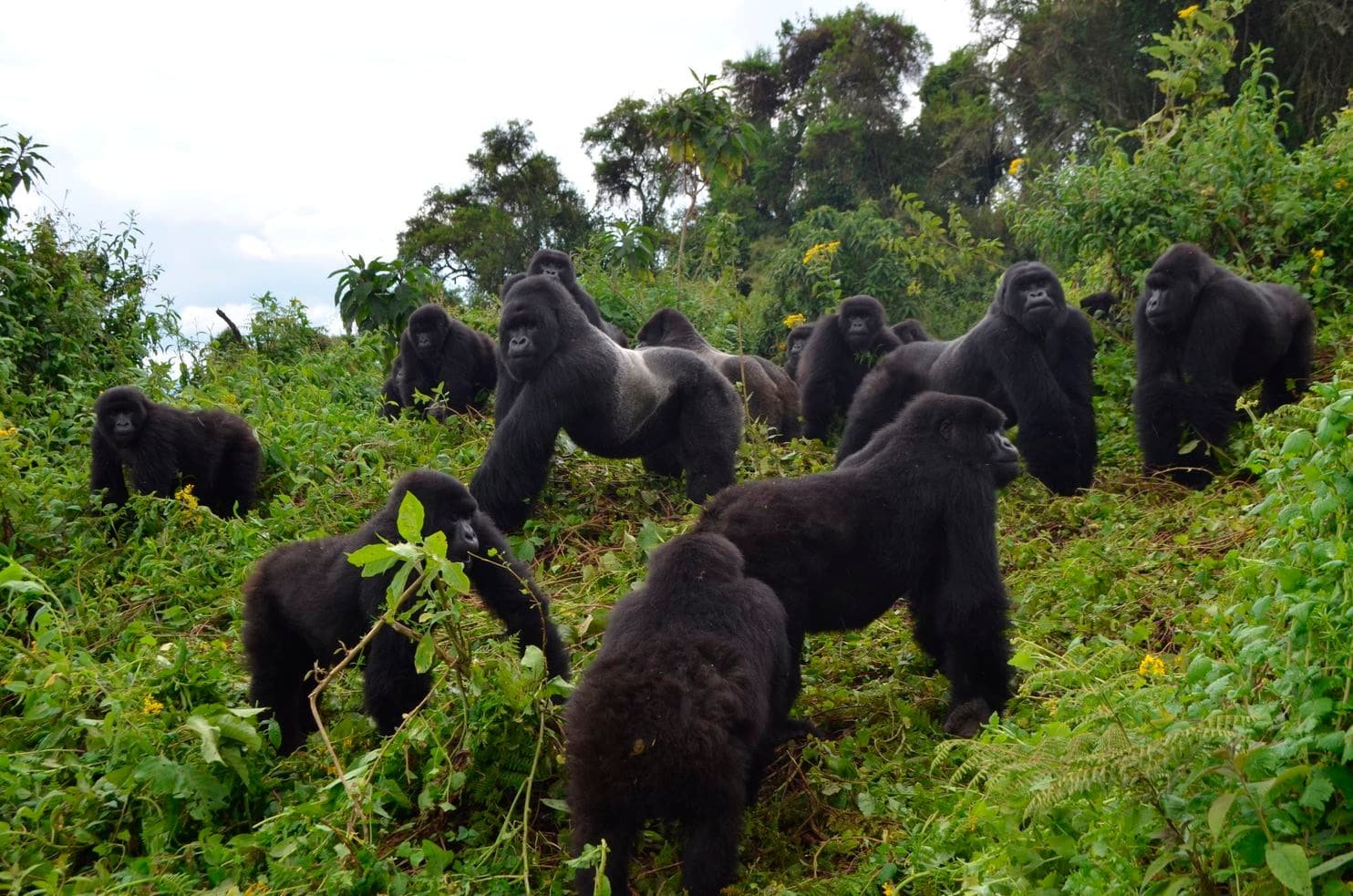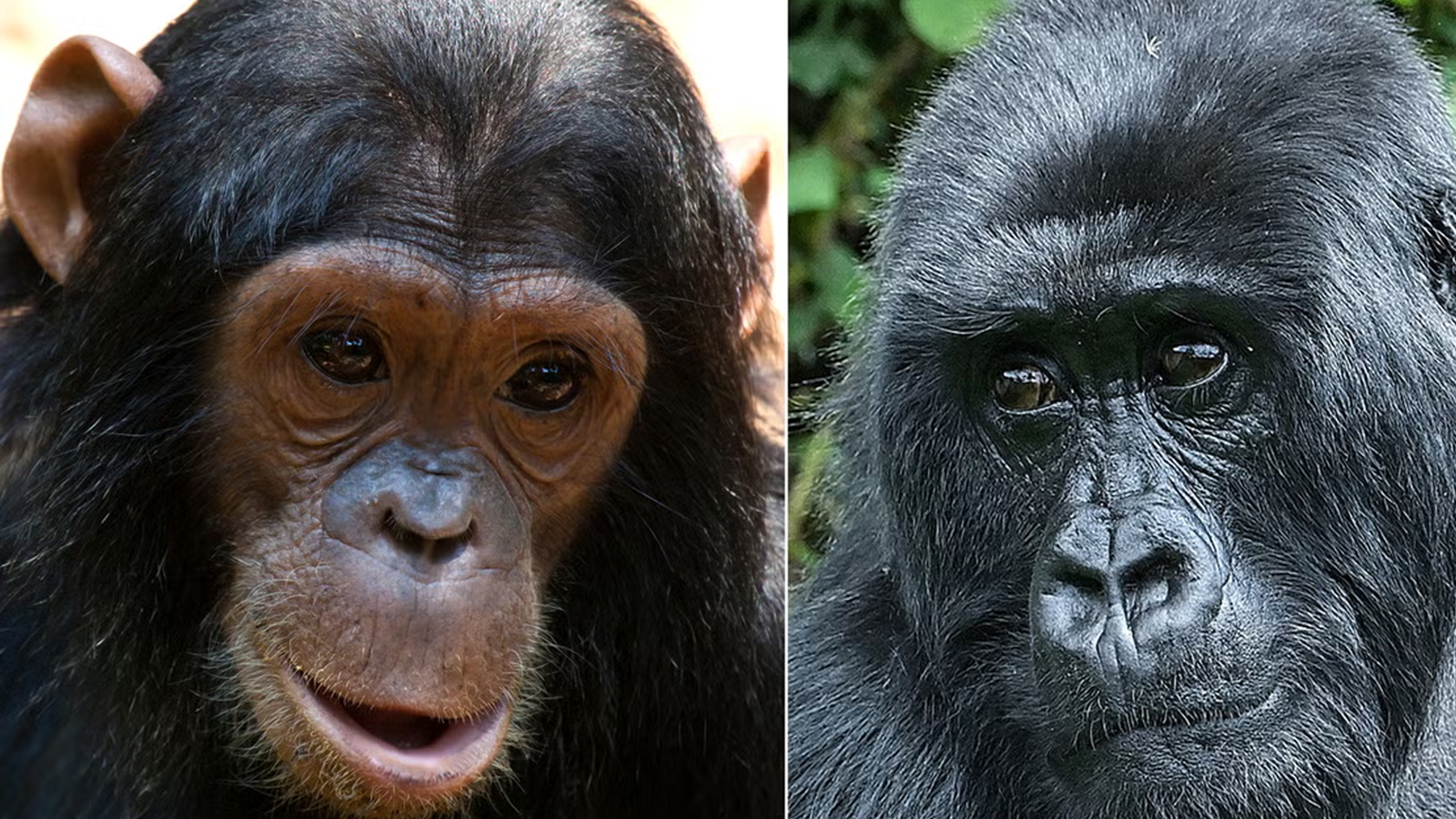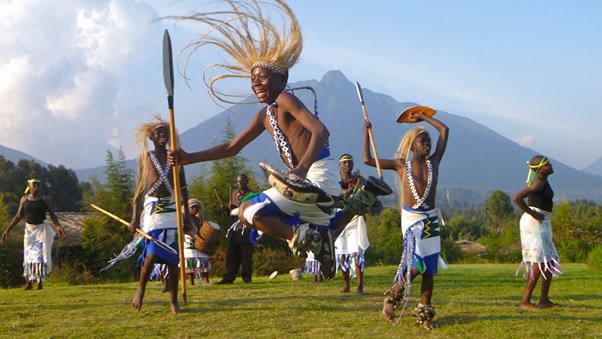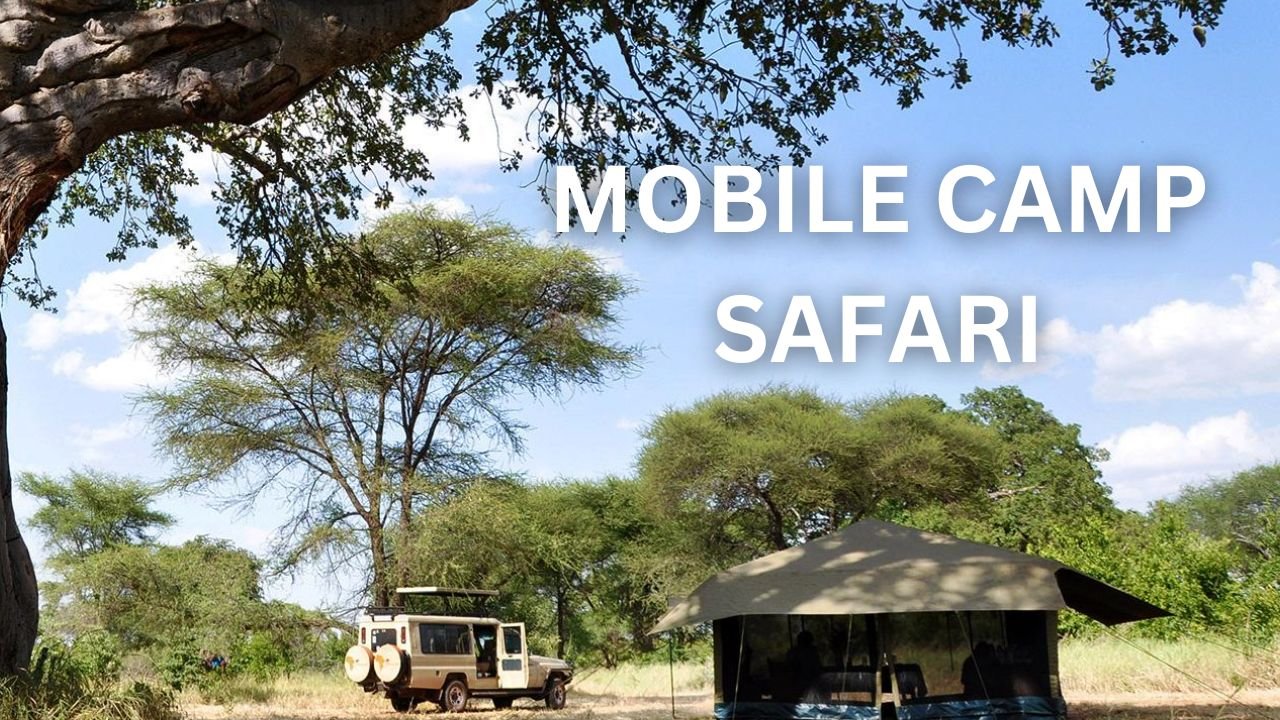Uganda Gorilla Families
Uganda is home to several gorilla families that inhabit the Bwindi Impenetrable National Park and the Mgahinga Gorilla National Park. These parks are crucial for gorilla conservation efforts and provide opportunities for gorilla trekking, which is a sustainable way to generate revenue for conservation and support local communities.
Mubare Group:
The Mubare Group is historically significant as the first habituated gorilla group in the Bwindi Impenetrable National Park, located in southwestern Uganda. Gorilla habituation is a gradual process where gorillas become accustomed to the presence of humans, allowing researchers, conservationists, and tourists to observe them without causing significant stress or disruption to their natural behaviours. Here’s some elaboration on the Mubare Group and its history:- Habituation: The process of habituating gorillas involves spending increasing amounts of time near the gorilla group, initially at a distance, and then gradually decreasing the distance over time. This process requires patience, as gorillas are naturally wary of humans and can react with fear or aggression if they feel threatened.
- Formation and Naming: The Mubare Group was formed in 1991 when the habituation process was successful. It was named after the Mubare Hills in the Bwindi Impenetrable National Park, where the gorillas were initially located. The naming of gorilla groups is often influenced by geographical features, locations, or other significant factors.
- Family Dynamics: The Mubare Group likely started with a silverback, adult females, and possibly some younger individuals. Gorilla groups are usually centered around a dominant silverback, who is the leader and protector of the group. Over the years, the group’s composition may have changed due to births, deaths, and interactions with other gorilla groups.
- Group Changes: Gorilla groups are not static; they can change in size and structure due to various reasons. New gorillas may join a group through various mechanisms like interactions between groups, while others may leave due to factors such as reaching adulthood or silverbacks leaving to form their own groups. Some individuals may also die from natural causes or other threats.
- Conservation Significance: The habituation of gorilla groups like Mubare has played a crucial role in gorilla conservation. Habituated gorilla groups are more accessible to researchers, which aids in the study of their behaviour, health, reproduction, and interactions. Additionally, habituated groups allow for responsible gorilla tourism, where visitors can see these incredible animals up close, generating revenue for conservation efforts and local communities.
- Tourism: Gorilla trekking, where tourists have the opportunity to hike into the forest to observe habituated gorilla groups, has become a major attraction in Bwindi Impenetrable National Park. The revenue generated from tourism helps fund conservation initiatives, protect gorilla habitats, and support local communities.



